Download Content-Ready Customer Service Training PowerPoint Deck
In their workplace life, most people live with the notion that no feedback is good feedback. Does this quaint belief hold any meaning in the business world of today?
If a business chooses to be happy with the rudimentary knowledge that its products work OK, technology is all fine, and customers don’t complain, then it is in line for a rude shake-up (or disruption). The attitude that such businesses signal to the world is that for them, customer service is a ‘Cost Centre’ and is, thus, not to be touched.
What we advocate, with conviction, is that research shows (and intuition validates) that the highest level of customer satisfaction is achieved not when there is no complaint. The zenith of satisfaction happens when there is a complaint, and is resolved way beyond the customer’s expectation (leave alone satisfaction).
If you can do this well, the customer experiences delight and becomes your brand evangelist. This phenomenon called ‘Service Recovery Paradox’ is illustrated in the image below.
The key learning for businesses is that customer service is not just a cost centre you can wish away but a revenue centre. For evolved businesses, customer service is an inseparable arm of marketing, which should be invested in for business growth.
From candy makers to airlines, every business needs to pay complete attention to customer service, especially when he/she complains or finds faults. An angry or difficult customer is businesses’ best bet to zero in on growth avenues.
To this end, our Top 10 Course on Customer Service is designed to sensitize your workforce to embrace customer service as a credo. The trainer can download this comprehensive presentation deck to get the most well-researched content, fortified with impactful designs to deliver a powerful training experience.
As a Top 10 Course on Customer Service for every global organization, we offer detailed presentations on topics that have a direct and deep bearing on how you view the issue. The comprehensive course — with the latest and certified training material included — is also the most credible and relevant resource available online for the query on how to conduct customer service training.
You can customize this Top 10 Course content and may pick-and-choose Training Modules to download according to your unique choice, need, or curriculum requirement. Each of the Training Modules is independent, self-contained, and comprehensive by itself. These are:
| Serial No. | Name |
|---|---|
| Training Module I | Introduction to Customer Service |
| Training Module II | Importance of Customer Service |
| Training Module III | Different Customer Service Channels |
| Training Module IV | Customer Service Team: Soft Skills |
| Training Module V | Dealing with Difficult Customers |
| Training Module VI | How to Delight Customers |
| Training Module VII | Beyond Customer Service: Customer Engagement and Experience |
| Training Module VIII | Strategic aspects of delivering great service |
| Training Module IX | Measuring Customer Satisfaction; NPS and Quality Assurance |
| Training Module X | Digital Customer Service |
All training modules end with three key indicators to assess trainees’ involvement. These are:
- Key Takeaways
- Let’s Discuss
- Let’s Test What We Have Learnt
Customer Service: Serve, Delight, Repeat
Customers are the reason businesses exist, or we would still be grazing goats. As part of the only course businesses will ever need, our Training Module I, titled ‘Introduction to Customer Service’ starts by defining the term. It answers the critical question of WHY is customer service needed.
The module helps the trainer prove to the trainees that every customer complaint is a gift in five ways.
In Training Module II titled, ‘Importance of Customer Service’, we dig deep into the Five Levels of Customer Service.
We also learn that 78% of customers will do business again with a company if customer service is excellent. Training Module II also highlights the Service Recovery Paradox, which helps the trainer showcase that there is always a second chance.
This Training Module also lists key statistics on popular customer service channels.
In Training Module III titled ‘Different Customer Service Channels’, we present a ready-reckoner and detailed discussion on the four major channels of Chat, Written, Voice and Face-to-Face.
In Training Module IV, titled ‘Customer Service Team Soft Skills’, our deck provides excellent hands-on exercises, tips and resources to internalize the must-have eight key soft skills.
Our Training Module V titled ‘Dealing with Difficult Customers’, we get to know five kinds of difficult customers.
We simulate seven role-play scenarios to get an actual feel of customer service in action.
The activity-based Training Module VI titled ‘How to Delight Customers’ starts with writing a letter and ends with Key Performance Indicators (KPIs) to measure Customer Delight.
In Training Module VII, titled ‘Beyond Customer Service: Customer Engagement and Experience’, we include a table of comparison between engagement and experience.
Turning the discussion towards key numbers, we also offer KPIs to measure customer engagement.
In Training Module VIII, titled ‘Strategic Aspects of Delivering Great Customer Experience’, we offer a four-step process for the bottom and mid-level management to design great customer service into their business’ routine.
We discuss a way to measure customer satisfaction and also introduce the concept of Net Promoter Score (NPS) in Training Module IX.
In Training Module X, we ensure that business managers know their technology and its applications in the customer service universe.
The trainer has the chance to make sure his trainees learn about Customer Service 2.0. Trainees are also able to map a digital customer journey.
With your appetite whetted, let us dig into a detailed preview of each module.
TRAINING MODULE I: GETTING INTO THE GROOVE
Inevitably, the majority of businesses are a bit slow to set up or even include a paragraph on customer service in their business plan. The rationale is that customer service costs money. Evidence, however, shows that poor customer service translates into lost revenue. Customer service, by definition, is how well-trained service professionals interact with existing and prospective customers and satisfy their requirements. It is a tool to find new customers as well, something that businesses need to pay more attention to.
In this module, we make it sink in that customer complaints are a gift, and an opportunity.
The five pillars of customer service are studied. These are:
- Channel variety
- Proactive support team
- Focus on customer satisfaction
- Knowledge base
- Customer Relationship Management (CRM) tools
TRAINING MODULE II: IMPORTANCE OF CUSTOMER SERVICE
This module highlights the importance of customer service through half-a-dozen figures. The one worth remembering is that 69% of customers who have witnessed a positive customer experience recommend the company.
Thus, a well-designed customer experience is considered a marketing strategy in any business. A four-step process to actually make this work is highlighted.
This training module remains exercise-based. We also put on record that 33% of customers rate a friendly and knowledgeable customer agent as the most important aspect of customer service.
We end Training Module II with seven factors that impact customer service excellence. The most important of these are taking ownership and following up with the customer.
Training Module III: Reaching out with impact; customer service channels
You may be aware of the conventional wisdom that people may or may not actually want businesses to compensate them for any perceived loss, what they do want is to be heard. In this module, we give the trainer a practical demonstration on four categories of channels.
Chat is the most popular medium, with 79% of customers choosing online support. Around 45% of online shoppers also prefer that a live person answer their questions during an online purchase. For basic, standardized questions, chatbots are preferred. The emerging (not on a mass scale) channels are live video chat and in-store appointments. In fact, live video chat has a satisfaction rate of 73% versus 61% for email and 44% for phone.
We take situational learning to a new level of sophistication with eight challenges included to illustrate real-life examples. For crisis management and handling complaints, it is recommended that you use Disney’s five-step framework HEARD for customer recovery framework.
The acronym translates to:
- Hear
- Empathize
- Apologize
- Resolve
- Diagnose
TRAINING MODULE IV: DELIVERING MESSAGE OF CARE; SOFT SKILLS
How keen is your team to remember customer names or the specific grouse each of the lists? This is the foundation on which an effective customer care team erects a tall foundation of satisfied customers, some of whom may also decide to root for you.
We list eight must-have skills to make this skyscraper happen. Conflict resolution, product feature and application knowledge and assertiveness remain the top three qualities.
Our exercises go beyond the mere academic, and one of them asks customer service reps to recall a bad experience that they went through.
The goal-post, at this stage of customer service, changes to converting retained customers to ‘pleased customers’, and finally active promoters. This will require taking ownership.
“I just explained this to you,” try reading this out in a slightly irritated tone and imagine how a customer feels when told this during a call.
This is just one of the proverbial ‘seven sins’ a customer care executive can commit. We list these all.
Business owners, managers, and corporate trainers can take to heart the one key mantra that will work in all situations.
Here it goes:
The customer is not always right, but he/she needs to be treated with respect at all times.
Training Module V: The climb up the mountain: Dealing with difficult customers
There is nothing more heart-warming than a polite, firm, and knowledgeable customer rep winning over a difficult customer through logic, persuasion, and an attitude of service. This is akin to Williams’ sister in full flow on a tennis court or a Tiger Woods teeing off.
Our Training Module V starts with a 20-minute exercise to let trainees step into the shoes of a difficult customer. Difficult customers are also divided into five kinds. These are:
- Aggressive customer
- Indecisive customer
- Complainer
- Impatient customer
- Know-it-all customer
It goes without saying that each of these distinct individuals needs tactful handling, with variations. For instance, the know-it-all on the line will need some massaging of ego.
A general mind-map that the trainer is encouraged to internalize in his trainees is the Empathy, Control, Advocacy (ECA) approach.
In the seven impressive role-play activity that follows next, we discuss threadbare the scenarios that inevitably arise in customer service.
The USP of the module is giving excellent sample answers to each of these scenarios. You may customize these according to the business you are in.
Training Module VI: Drawing a smile: How to delight customers
In this module, we start with an activity where each individual from the trainees’ group shares his/her success story in dealing with customer issues.
The idea is to transform the customer journey from attraction and engagement to delight. In effect, you turn a stranger into a customer, who, over time, turns into a loyal unpaid promoter of your product or service.
The trainer can go into the specifics of strategies that help ensure customer delight. The categories are:
- Personalization
- Quick support
- Anticipating Customer Needs
- Customer Segmentation
- Educating Customers
- Empowering Employees
- Embracing Data
Then, we study the churn rate, the retention rate, and the customer lifetime value as the three KPIs that help you judge whether customer delight is happening for you.
Training Module VII: Beyond Customer Service: Customer Engagement and Experience
This is where things get a little tough, and top management interest will speed things up. The significance of customer engagement lies in building an emotional connection and working on customer retention.
The objective of customer engagement is to ensure regular interactions with customers.
The concept of service and engagement is delicious, as service attempts to solve a problem, while engagement proactively works to ensure there is no issue to resolve in the first place.
Once you have an engaged customer, it is important to give him an experience of a lifetime. Designing this positive experience is crucial as it helps reinforce the preference for your brand, reduces customer churn, inspires customer advocacy, and boosts revenue.
Training Module VIII: Strategic Aspects of Delivering Great Service
A bonus session for the top management to help them make far-reaching decisions on customer service, this module lists four steps to provide great customer service.
To make the CEO’s job easier, we give him questions that he should ask on identifying all customer touchpoints.
The module goes into significant detail on customer satisfaction, customer retention, and lifetime value. The top management wants to see all of these concepts translated into figures, deadlines, and action. As an instance, the final goal accepted and conveyed to all will be:
Reduce the Average Handling Time (AHT) for resolving customer issues from {9 minutes} to {8 minutes} by January 1 and so on.
This leads to the nine KPIs that we need to monitor in customer service. Of these, the Net Promoter Score (NPS) is one that has drawn popular interest.
Training Module IX: Measuring Customer Satisfaction; NPS and Quality Assurance
By this stage, the trainees and trainer are sure that they are on to building something good. Now, we convert all of this theoretical knowledge into empirical applications.
The first is the NPS method, where customers giving you a rating of 9 or 10 on a 0-10 scale are to be treasured, as they are your net promoters.
We also learn that in the hyper-connected world of today, 90% of customers trust online reviews before a purchase.
The top boss also has to ensure that the organization gets its methods of collecting customer feedback correct.
The thing to remember, however, is that to fully do justice to the customer, you must ACT upon feedback immediately after receiving it. Then, it is mission-critical to put it in a format where you gain insights into customer behavior.
Our training module includes two templates for this. Customer Effort Score and Customer Satisfaction Surveys.
Training Module X: Digital Customer Service
In this final module, the lens shifts to another business universe, the digital playground. The channels, per se, have to go digital, and customer service gets an upgrade to Customer Service 2.0.
DCS allows businesses to share power with the customer, as this is a multi-channel service and shares data across departments. Critically, businesses aim for immediate, real-time resolution of customer woes.
In numbers that back up the use of DCS, 76% of customers have made a purchase using a mobile device over the past six months.
What is even more significant is that 56% of CEOs say digital improvements have led to revenue growth.
In real convincing figures for businesses, studies show that even though only over half of the customer service journey has gone digital, the customer satisfaction score of digital ONLY is 76%.
Another option for business managers is to slice customer behavior into three spreads exploration, autonomy, and assistance.
Over time, companies will like to be able to ‘mass-customize’ this grid, offered in our Top-10 Course.
The module also includes a complete dossier of additional slides that help in every domain of your presentation. We include a template to recognize people, client testimonials, and a training certificate, among other such material. A training evaluation form is also included.
Download the free Customer Service PDF.


![Top 10 Courses on Customer Service with Training Material Included [Free PDF Attached]](https://www.slideteam.net/wp/wp-content/uploads/2022/06/Top-10-Courses-on-Customer-Service-with-Training-Material-Included_1-1013x441.png)


 Customer Reviews
Customer Reviews







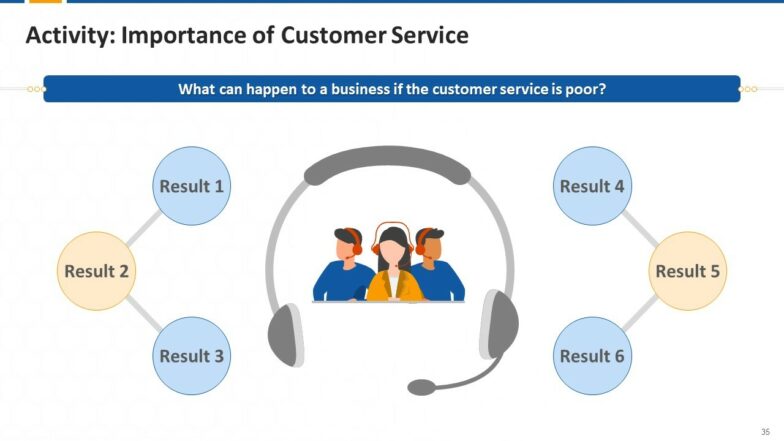






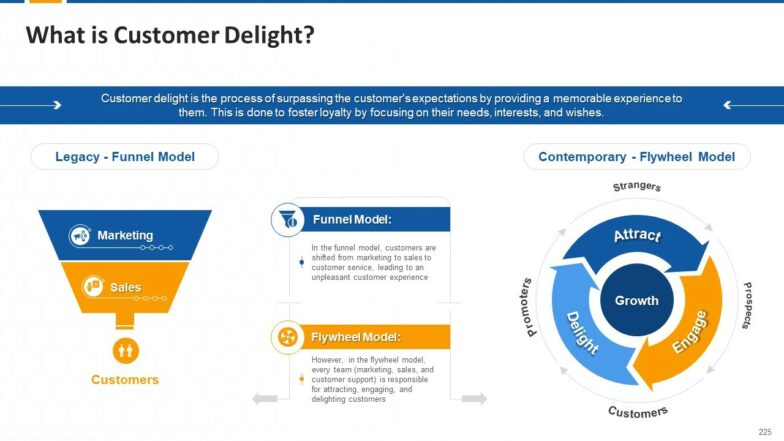

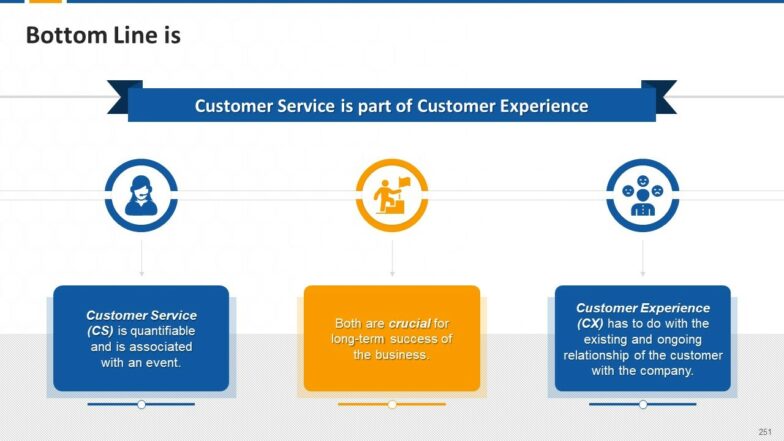




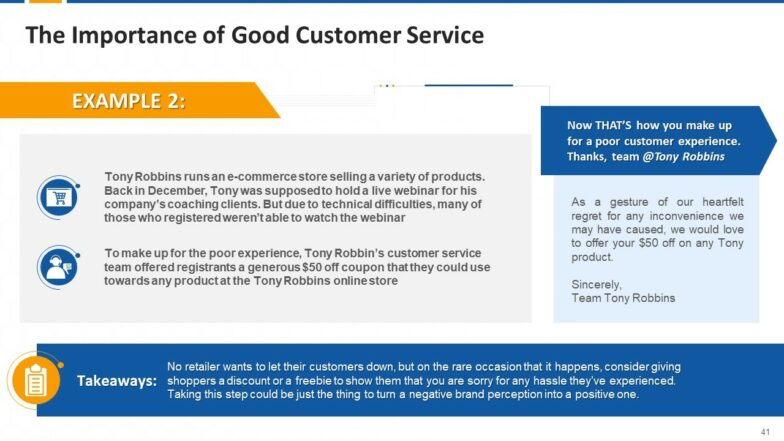
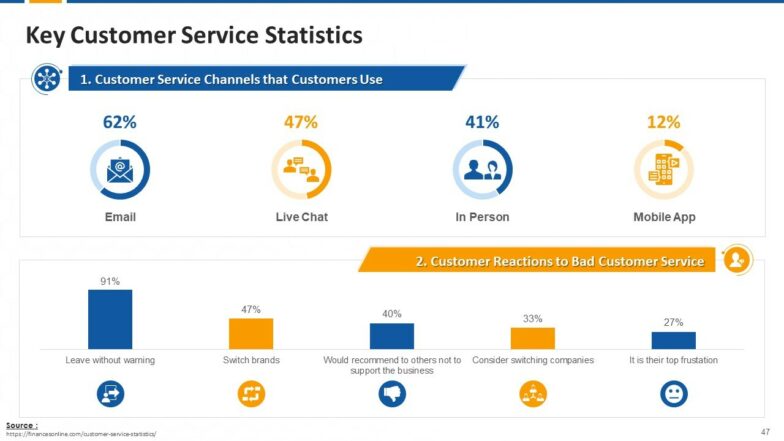
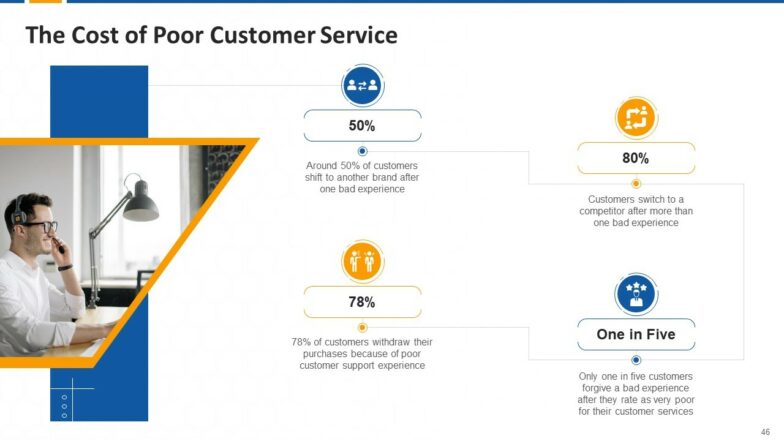

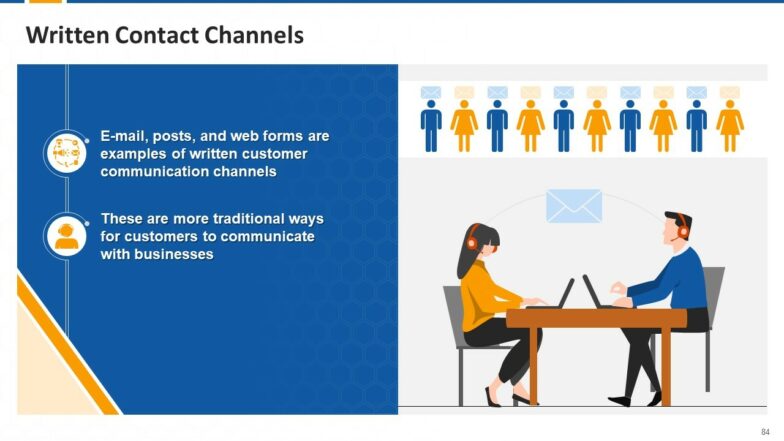
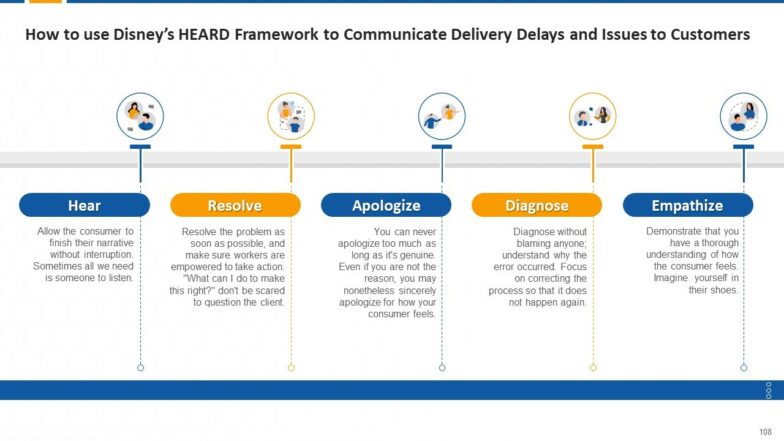


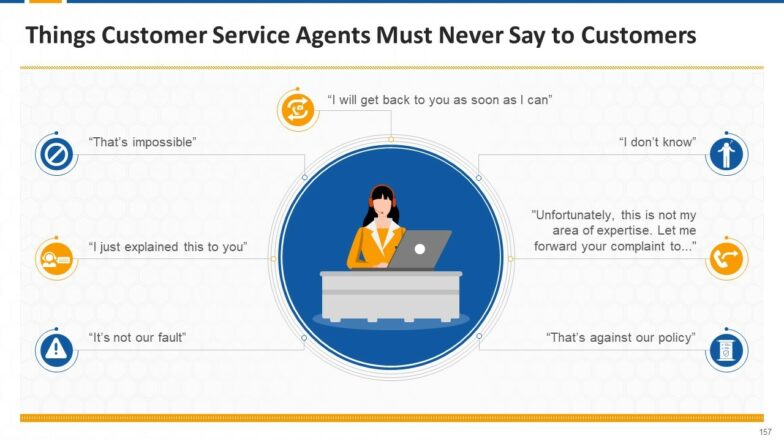







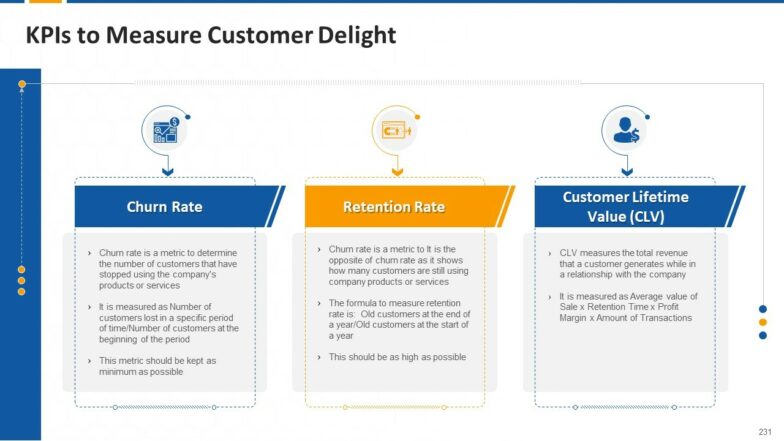

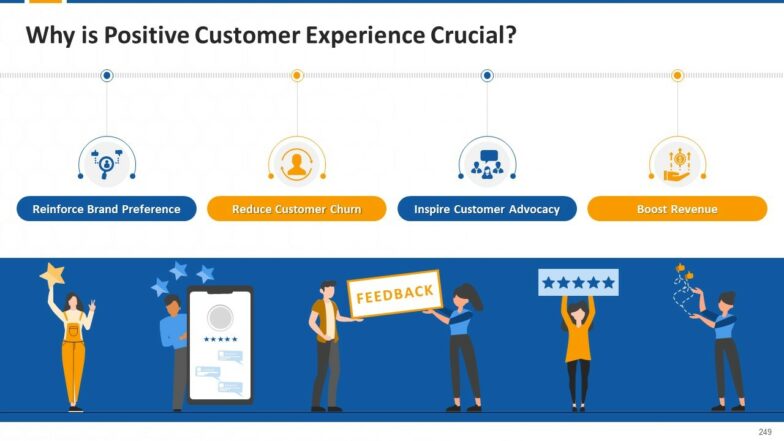
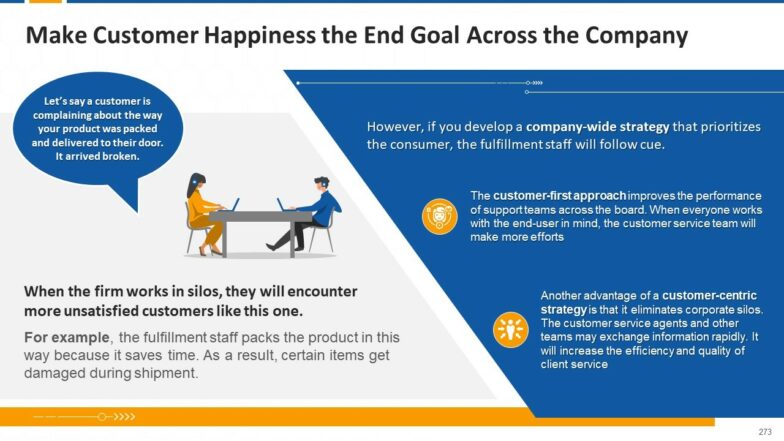


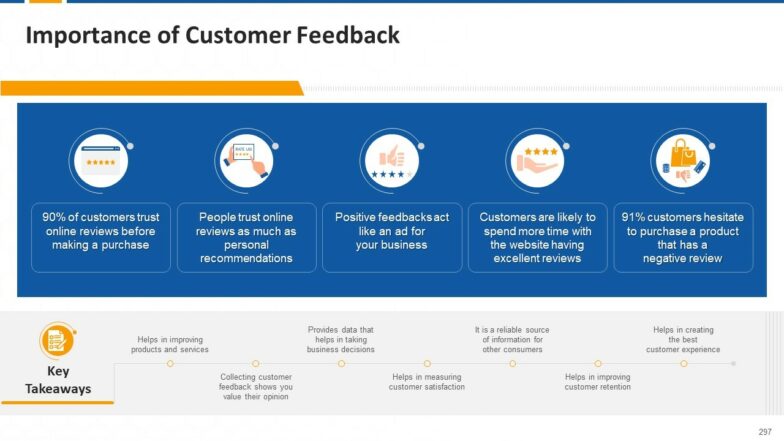

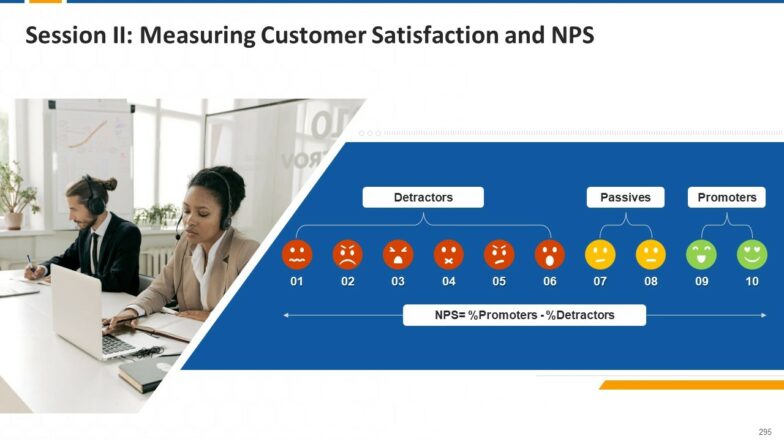
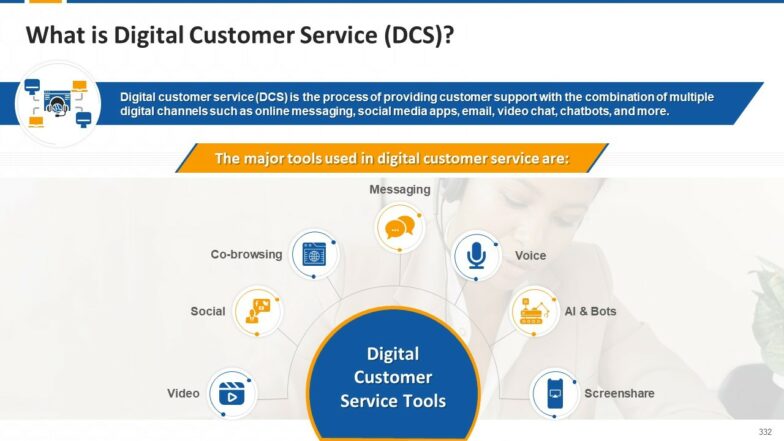
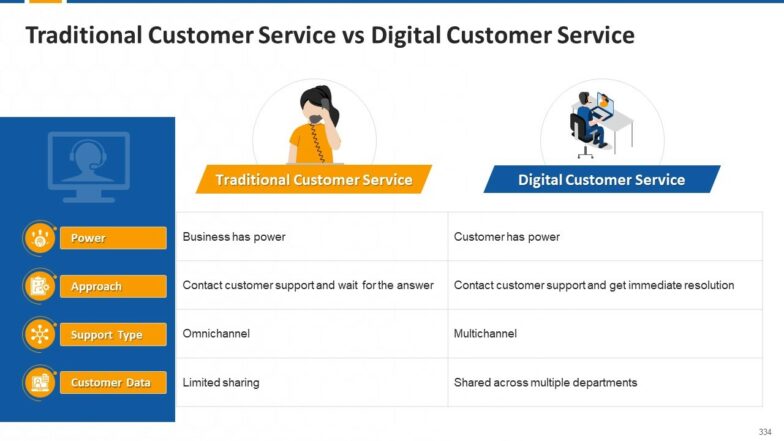











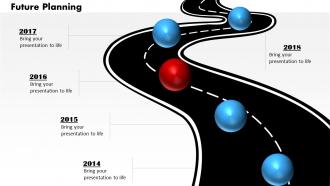

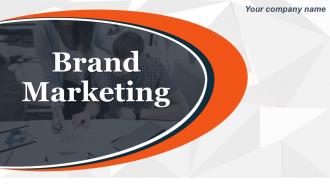
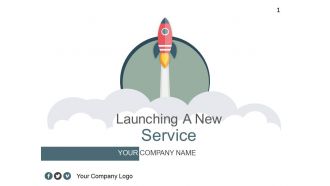





Thank you very much